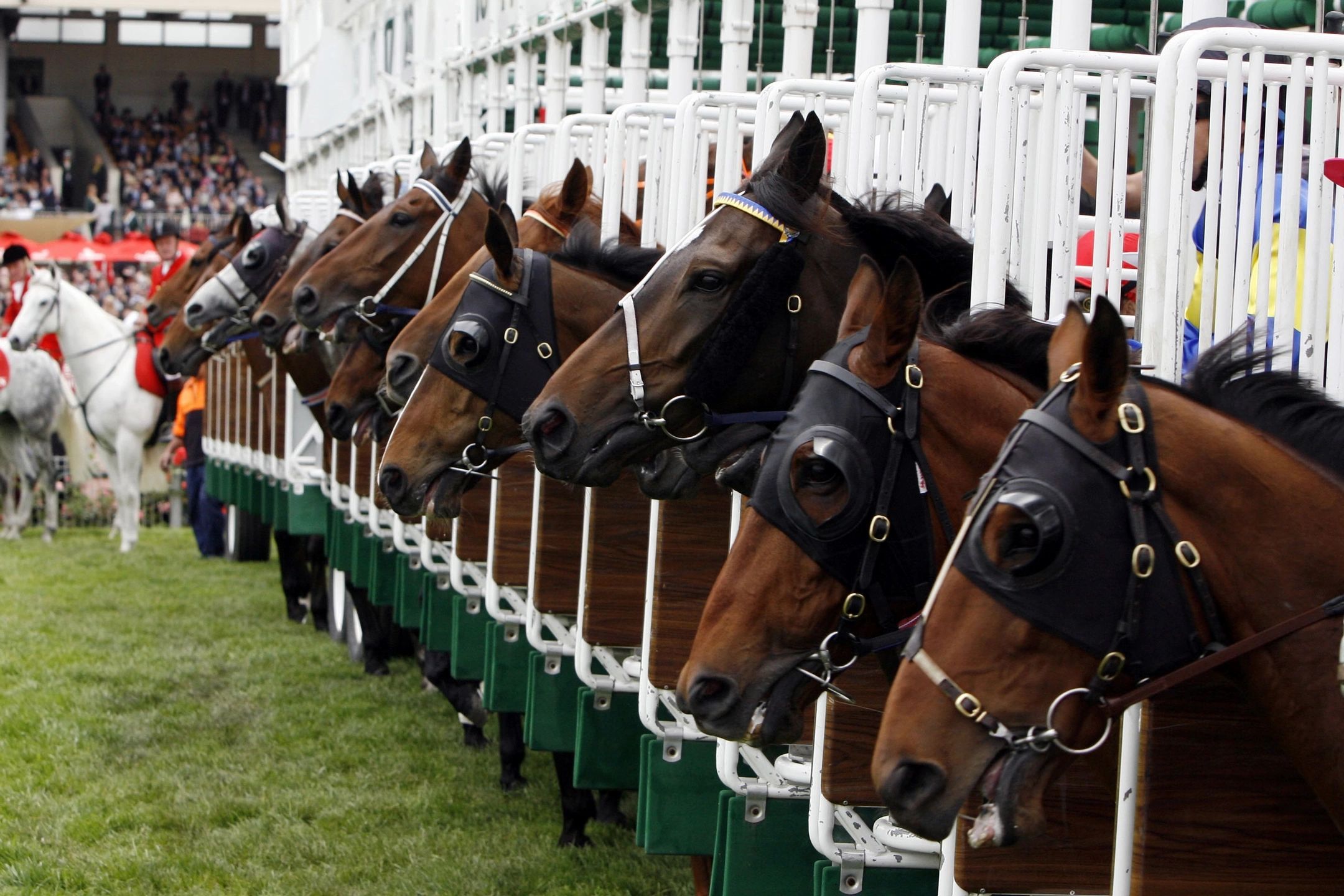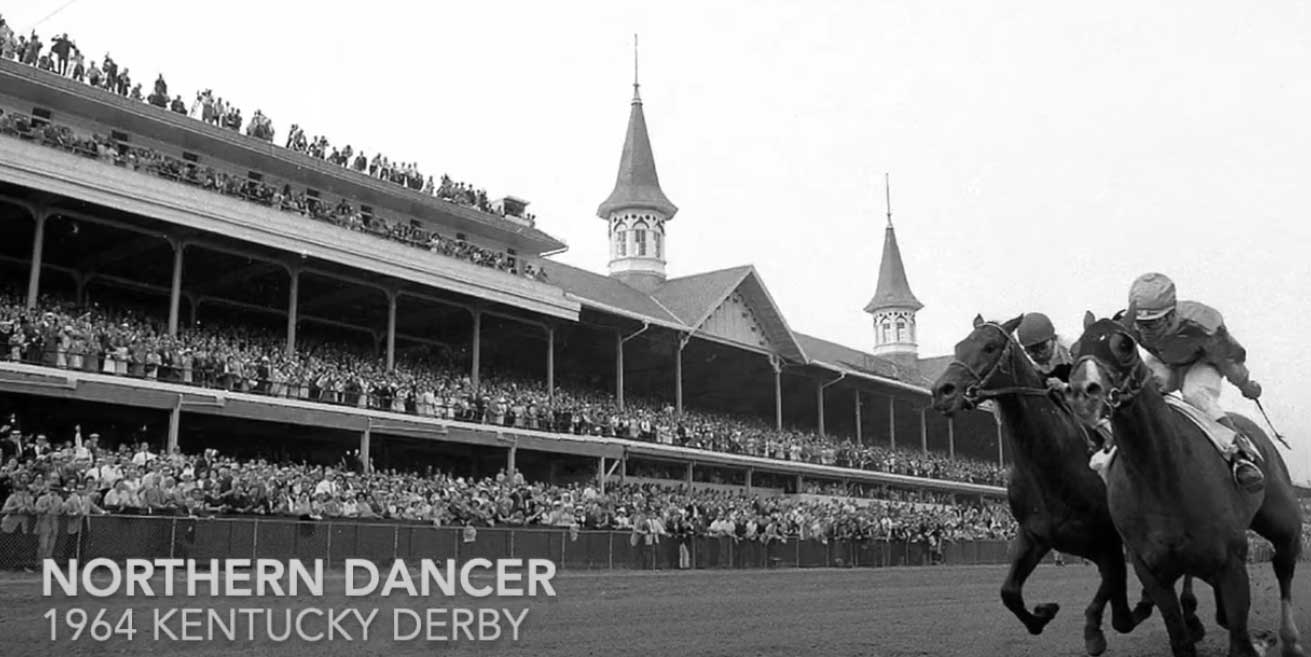LEGEND SPOTLIGHT – Ladies and gentlemen, saddle up for a ride through racing history with the horse who didn’t just win — he obliterated records and redefined what greatness looks like on four hooves. We’re talking about Secretariat, the 1973 Triple Crown champion, affectionately known as “Big Red.” From his breathtaking speed to his larger-than-life legacy, Secretariat remains one of the most iconic figures in all of sports.
Born to Run – The Making of a Legend
Foaled on March 30, 1970, at Meadow Stable in Virginia, Secretariat was bred by Christopher Chenery and later managed by his daughter, Penny Chenery, whose determination to keep the stable running helped set the stage for racing history.
Trained by Lucien Laurin and ridden by Ron Turcotte, Secretariat showed early signs of brilliance. But it was his three-year-old season in 1973 that etched his name in gold.
The 1973 Triple Crown – Dominance Defined
- Kentucky Derby (May 5, 1973): Secretariat broke from behind and powered forward with a stunning burst of speed, clocking a record 1:59 2/5 — still the fastest Derby time ever.
- Preakness Stakes (May 19, 1973): After a jaw-dropping move on the first turn, Big Red surged ahead to win in what many called one of the most electrifying Preakness performances. Though the final time was disputed for years, it was ultimately confirmed as a record.
- Belmont Stakes (June 9, 1973): This was the crown jewel. Secretariat ran the greatest race in horse racing history, winning by 31 lengths and finishing the 1½ miles in 2:24 flat, a world record that still stands today. It wasn’t just a win — it was a moment of mythic proportions.
Only 13 horses have ever claimed the Triple Crown, but none did it quite like Secretariat.
Life After Racing – From Champion to Super Sire
Secretariat retired later in 1973 after winning 16 of his 21 career races and earning Horse of the Year honors — twice (1972 and 1973). He went to stud at Claiborne Farm in Kentucky, where he began his second act as a sire.
Though Secretariat’s male line was less prolific than some expected, his bloodlines carried immense value — particularly through his daughters. His offspring included:
- Risen Star, winner of the Preakness and Belmont
- Lady’s Secret, the 1986 Horse of the Year
- And, further down the lineage, influences can be seen in modern champions like American Pharoah and Justify
A Farewell Fit for Royalty
Secretariat was humanely euthanized in 1989 at age 19 due to laminitis, a painful hoof condition. His autopsy revealed his heart was more than twice the size of an average thoroughbred’s — literally and symbolically the heart of a champion.
He was buried whole — a rare honor in the racing world — at Claiborne Farm, where fans still visit to pay respects to the horse that became a legend.
Legacy That Gallops On
Statues. Stamps. Books. Films. Secretariat’s influence transcends horse racing. He was the first racehorse to win AP Athlete of the Year, and his 1973 Belmont run is widely considered one of the most iconic moments in all of sports.


